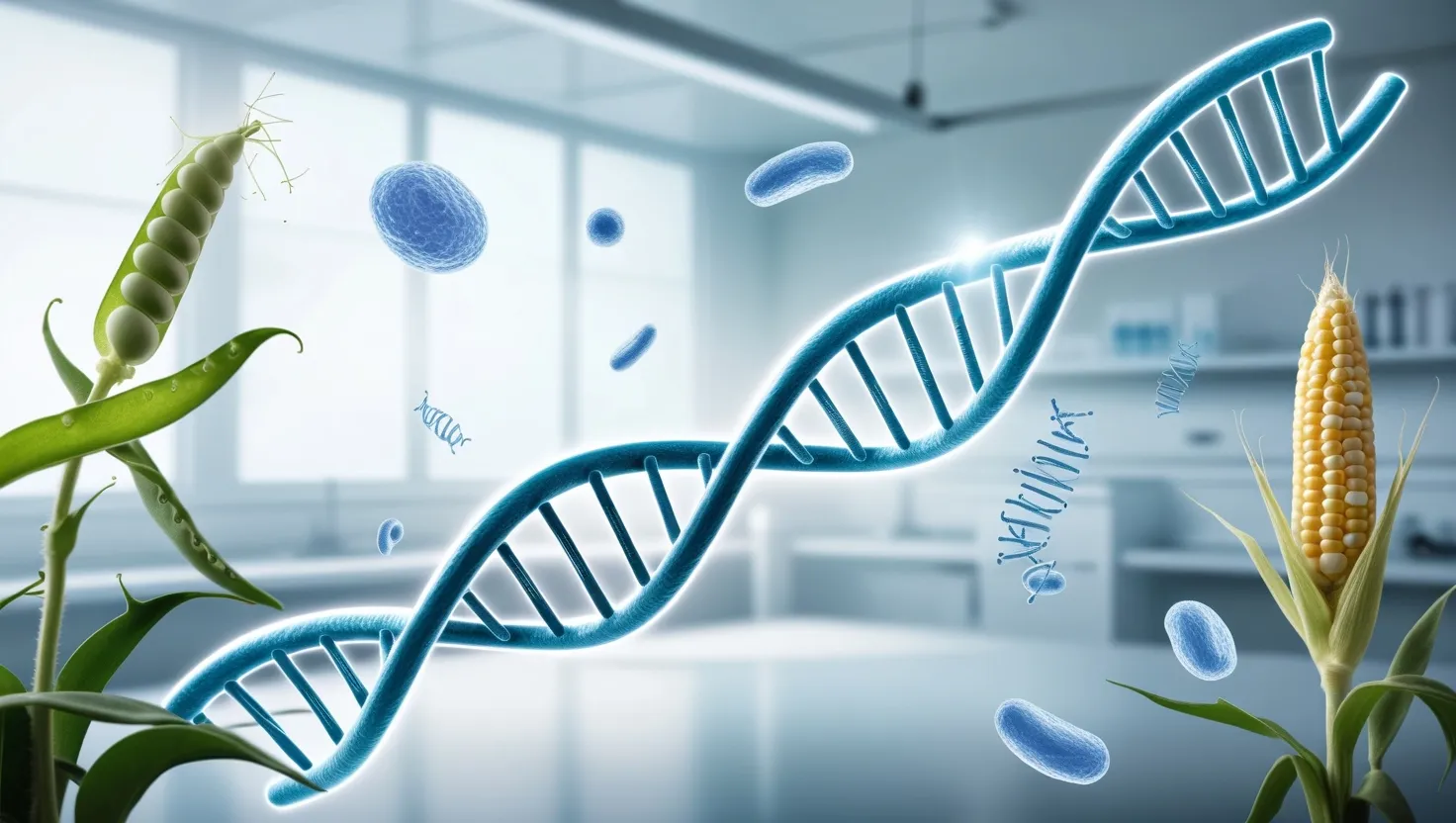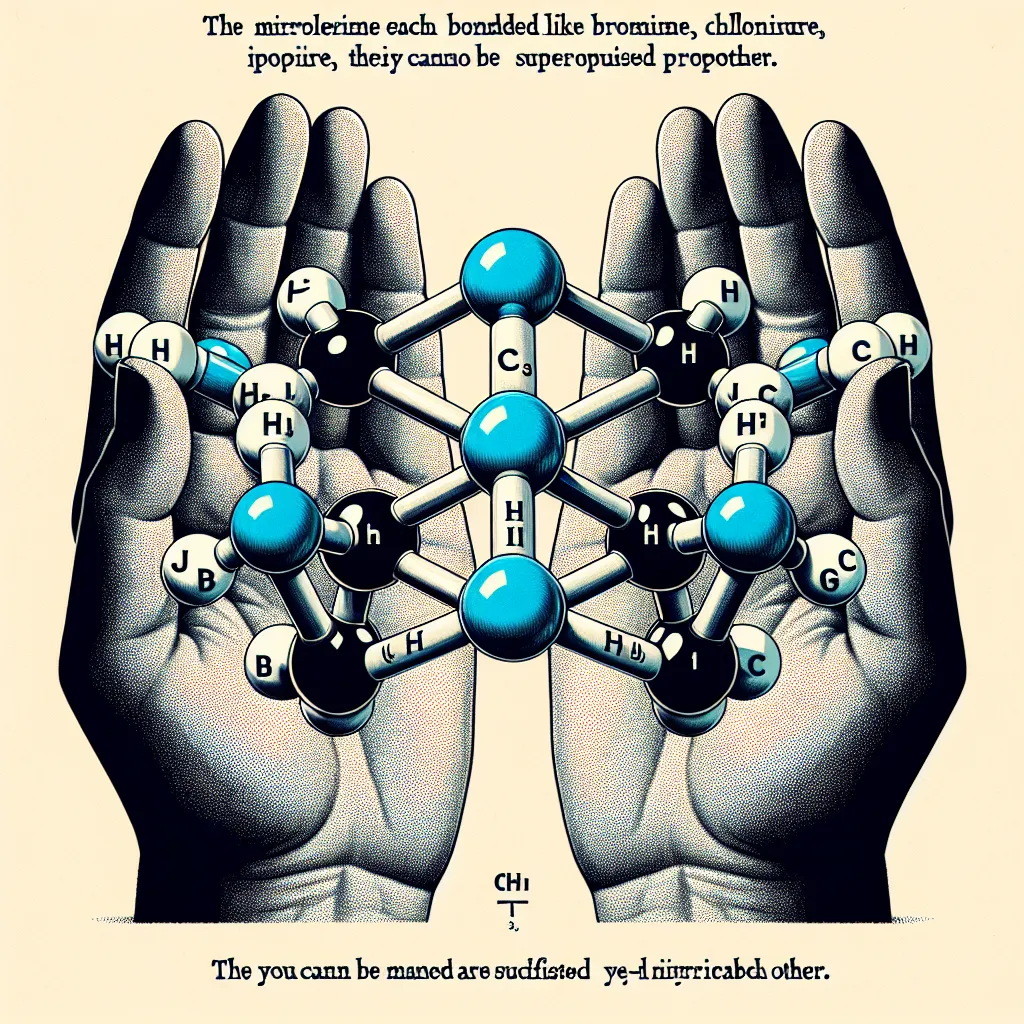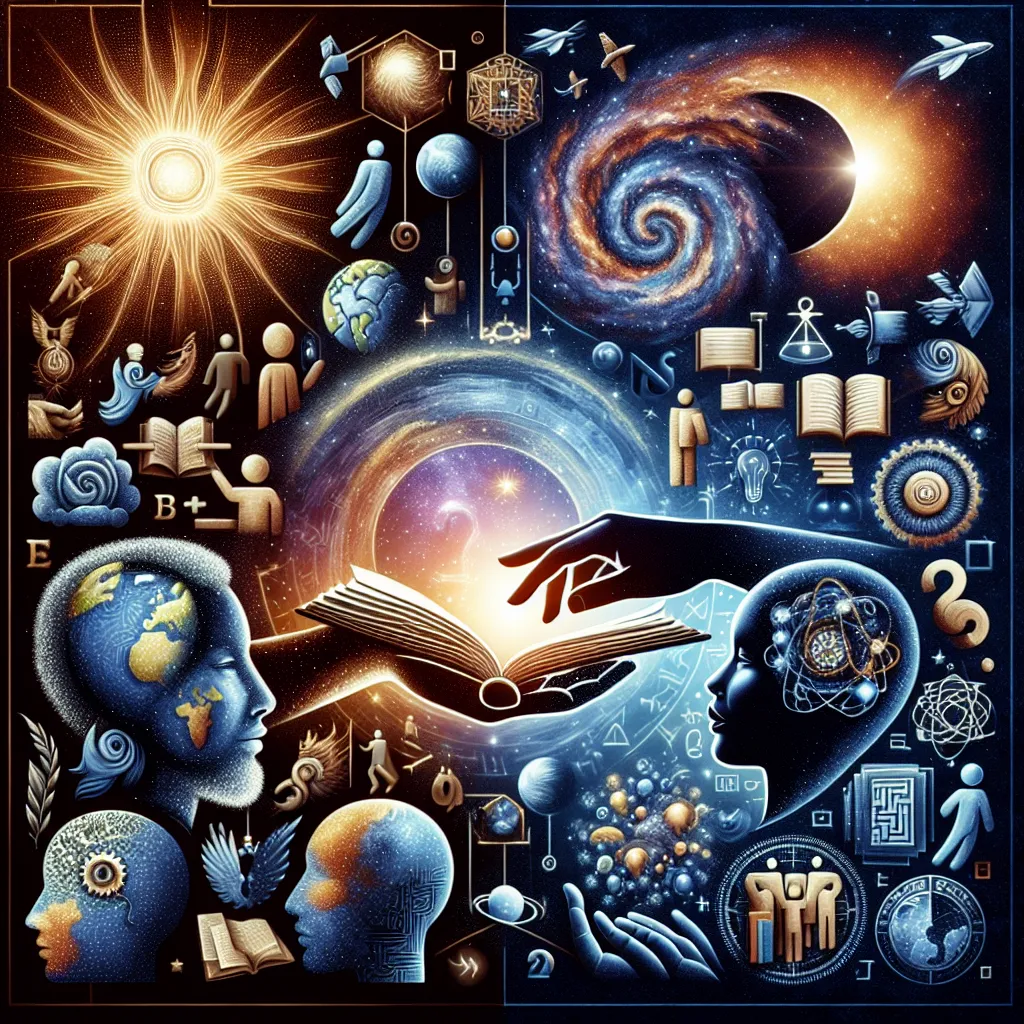Genetics is not just a branch of science; it’s a lens through which we see ourselves and our world in a new light. Over the last century and a half, a handful of genetic discoveries have quietly reshaped our reality—medicine, agriculture, law, and even what it means to be human. The story of these discoveries is far from a parade of geniuses and eureka moments. Instead, it’s a patchwork of curiosity, persistence, happenstance, and, sometimes, stubborn skepticism. So, let’s walk through five genetic discoveries that truly shifted our understanding—not with recycled facts, but with fresh perspectives, lesser-known twists, and a human pulse.
Imagine you’re Gregor Mendel in 1860s Brno, a lone monk meticulously counting peas. Most people picture Mendel as a deliberate scientist, but he was, in truth, a natural observer dissatisfied with vague explanations for inheritance. He didn’t just want to know why some peas were yellow and others green, wrinkled or round. He wanted to see if there was a mathematical order—predictable patterns—behind nature’s choices. By breeding thousands of pea plants and tracking their traits across generations, Mendel discovered that inheritance wasn’t random. Traits disappeared and reappeared in predictable ratios, governed by invisible factors he called “elements.” Only later would we call them genes.
Mendel’s work was published, then promptly ignored for decades. Why? Because the world wasn’t ready. Science wasn’t ready to see the mathematics of life. When his findings were finally rediscovered, Mendel’s laws became the map for modern genetics. But here’s a twist many miss: Mendel didn’t just explain inheritance. He gave us a model for science itself—careful observation, clear hypotheses, and rigorous testing.
“Scientific discoveries, like seedlings in Mendel’s garden, need time to bear fruit.”
The twentieth century turned the hypothetical “gene” into a real, physical thing. In 1953, James Watson and Francis Crick deciphered the structure of DNA, winning most of the fame. Yet, their story is incomplete without the X-ray crystallography images crafted by Rosalind Franklin, who never lived to see the Nobel Prize. The double helix wasn’t just a pretty shape. It was an instruction manual, a language written in sequences of four chemical letters. This structure explained how life copies itself, and how—when mistakes happen—mutations arise. Suddenly, evolution wasn’t an abstract force, but a molecular process, a dance of chemistry and information.
But did you know that early researchers debated whether proteins or DNA carried the genetic code? For years, many scientists thought proteins—with their complex structures—were better candidates. It took some brilliantly simple experiments (like the ones by Avery, MacLeod, and McCarty) to prove DNA was the molecule of heredity. Even then, skepticism lingered. Science, like life, sometimes resists the obvious.
“Sometimes truth is not hidden, just dressed in unfamiliar clothes.”
Now, imagine you’re Barbara McClintock, working in her cornfield laboratory in the 1940s, watching kernels of maize shift color and pattern unpredictably. While others searched for stable genes, McClintock noticed genes jumping from place to place, altering traits as they moved. She called them “transposable elements,” but the concept was so radical that it was quietly dismissed for years. The scientific community, it seems, can be slow to accept creativity—especially from a woman in mid-century America. McClintock’s work eventually earned her a Nobel Prize, but the delay speaks volumes about how science sometimes rejects the unfamiliar.
These “jumping genes” didn’t just change our view of stability; they showed that genomes are dynamic, capable of self-editing, responding to environmental pressures, and driving evolutionary change. Have you ever wondered if your genes are as fixed as you think they are? It turns out, even our DNA has a mind of its own.
By the turn of the twenty-first century, the scientific world set out to map the entire human genetic sequence. The Human Genome Project was an international effort—rival companies and countries sometimes racing, sometimes collaborating—to read every one of the three billion letters in our DNA. The first draft in 2001 felt triumphant, but the finished product by 2003 was just the beginning. We found only about 20,000-25,000 genes—far fewer than expected. The real surprise? Much of our DNA doesn’t code for proteins at all. The so-called “junk DNA” isn’t junk. It’s a vast regulatory network, a hidden control panel for when, where, and how our genes are read.
Think about this: We share about 99% of our DNA with every other human, and even more with chimpanzees. Yet, the tiny differences—a single letter change, here and there—can mean the difference between health and disease, or even life and death. The Genome Project didn’t just give us a map; it gave us a new way to understand individuality, ancestry, and our place in nature.
“We are more same than different, yet it’s our differences that make us who we are.”
Science fiction became fact with the arrival of CRISPR-Cas9 in the early twenty-first century. This gene-editing tool was originally borrowed from bacteria, which use it as a sort of immune system to remember and cut invading viruses. When scientists adapted CRISPR for precise editing of DNA in any organism, the implications were staggering. Suddenly, we had a molecular scalpel—one that could, theoretically, rewrite genetic diseases, engineer new crops, and perhaps even tweak human evolution.
But CRISPR didn’t come from nowhere. Its development was a mosaic of earlier discoveries—bacterial biology, DNA repair mechanisms, the very structure of DNA itself. It’s a reminder that breakthroughs often have long, winding backstories. The excitement around CRISPR is tempered by serious ethical questions. When should we edit genes? Who decides? What are the risks? Have we thought enough about the consequences of being able to rewrite life’s code?
As you reflect on these five leaps—Mendel’s peas, the DNA double helix, jumping genes, the Human Genome Project, and CRISPR—it’s clear that genetics isn’t a neat timeline. It’s a story of intuition, patience, and sometimes, public indifference. These discoveries have rewritten medicine—personalized treatments, targeted therapies, and new approaches to disease. Agriculture is changing too, with crops designed for resilience, nutrition, and sustainability. Law and ethics are scrambling to keep up. And each of us, every day, is shaped by the silent conversation between our genes and our environment.
So here’s a question for you: If you could trace your DNA back far enough, would you see the echoes of Mendel’s peas, McClintock’s maize, or the first bacteria to use CRISPR? Would your story—the color of your eyes, your risk for disease, even your personality—look like a scientific accident, or a logical conclusion?
“Science rarely answers all our questions, but it teaches us to ask better ones.”
Let’s not stop at the big five, though. The story of genetics is still being written. Epigenetics, for example, shows that our environment can alter how our genes are read—without changing the underlying code. The microbiome, the community of microbes living inside us, interacts with our genetics in ways we’re only starting to understand. Synthetic biology is pushing boundaries too, with scientists building artificial genes and even new forms of life.
What’s next? We may soon see therapies that fix genes before birth, bacteria that clean up pollution, or crops that communicate with satellites. We may even redefine the meaning of “human.” The future is uncertain, but one thing is clear: Every major genetic discovery began with a simple question. What will you ask?






